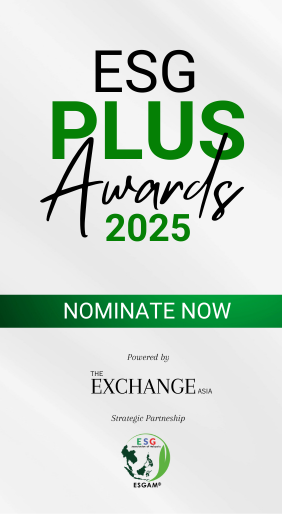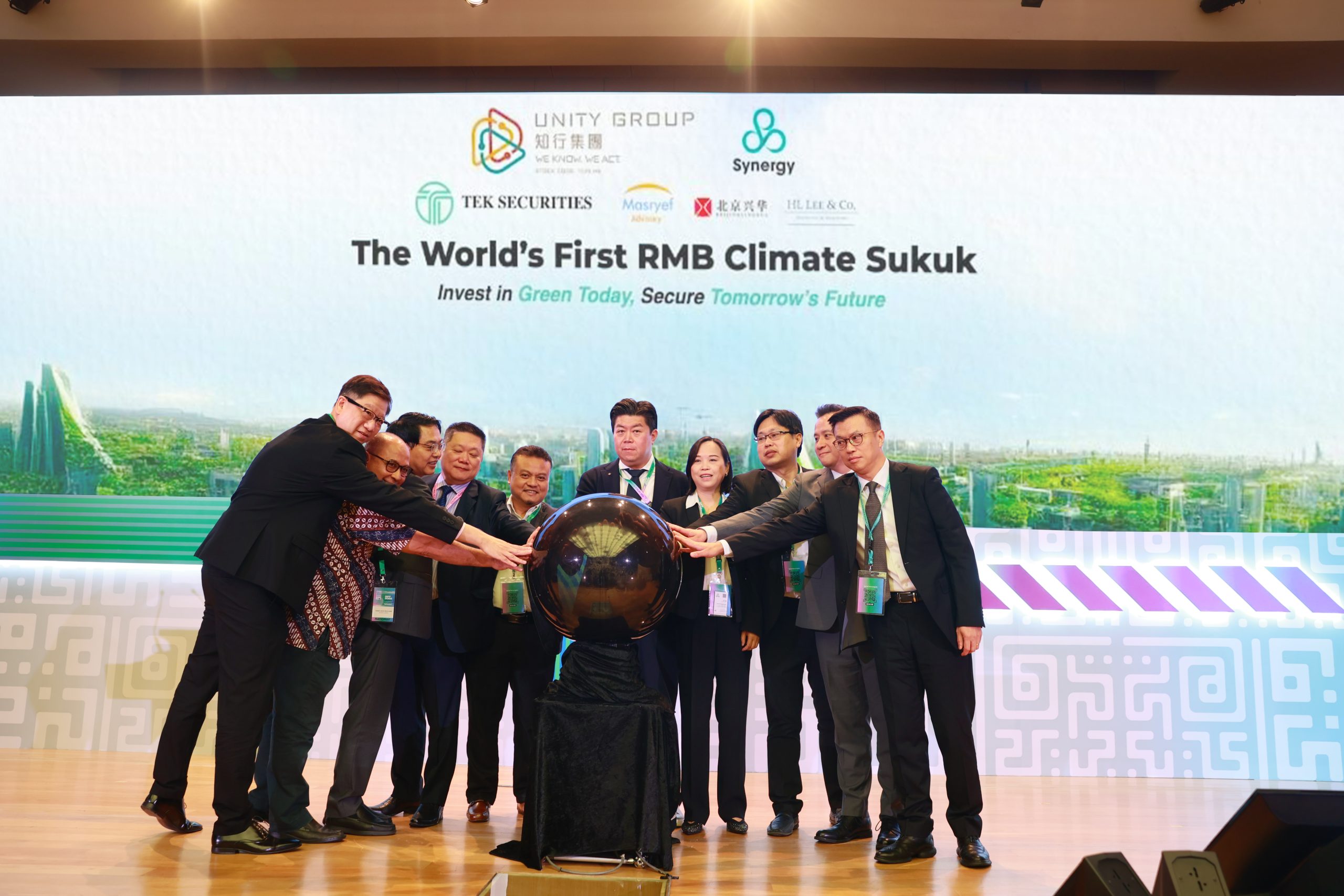By Ismail Ertürk, Senior Lecturer, PMO Management and Organisation Studies at the University of Manchester
As we look to the future of banking this World Financial Planning Day, it’s clear that the concept of “sustainable banking” has gained significant traction in the global financial landscape. This is especially notable through initiatives like the United Nations’ Paris Agreement in 2015, the introduction of its Sustainable Development Goals (SDGs), and even its Net-Zero Banking Alliance, launched in 2021 with a total of 98 signatory banks.

But what does the term actually mean? Is this idea taking off in the Southeast Asian financial space? And how does it actually contribute to a better future?
What Is Sustainable Banking?
Put simply, sustainable banking is where banks seek to maximise profit while prioritising environmental sustainability. This is achieved through directing financial resources towards economic activities that have a long-term perspective, prioritising environmental, social, and governance (ESG) considerations over short-term financial gains.
For example, banks practising sustainable banking can provide long-term project finance for corporations investing in green production or innovative, sustainable products. This is essential in mitigating the risks associated with environmentally damaging economic activities, which may become financially unviable under stringent international climate agreements. Alternatively, they could incorporate non-financial reporting and accounting systems that disclose a company’s social and environmental risks, thereby driving transparency and accountability within the corporate sector — this also falls under the same concept.
Sustainable Banking in Southeast Asia
Within the Southeast Asian region, including Malaysia, this approach is forming an increasingly critical role in long-term economic growth strategies, especially where rapid economic growth must align with global climate commitments and sustainable development goals.
However, this is not the region’s first foray into the realm of sustainable banking. In fact, this journey began as early as the United Nations’ 1992 Earth Summit. Most recently, there has been significant progress in making Islamic finance more sustainable, with the sustainable sukuk market predicted to experience further growth in the next 12 to 24 months.
Unfortunately, Malaysia specifically has been somewhat slow in adopting sustainable banking practices. Much of the progress in this region’s banking sector has been reactive in response to international investors and buyers who demand compliance with global standards on ESG activities. However, there is a pressing need for a more locally tailored, proactive approach that considers Malaysia’s unique socio-economic and environmental needs.
So, What’s The Approach?
At the moment, the adoption of sustainable banking in Malaysia and Southeast Asia faces several hurdles, primarily due to fragmented regulation and oversight by various government bodies. A consistent and coherent strategy is absolutely essential. As a matter of fact, this may even necessitate the establishment of a new coordinating body that can bring together the finance ministry, central bank, and other regulatory agencies.
Additionally, a comprehensive education and training drive is crucial to build the necessary skills at all levels, from board members to entry-level employees, to understand and implement sustainable banking practices effectively. To this end, collaboration between banks to share data is also vital to meet both global and national sustainability targets.
Financial innovation also plays a vital role in advancing sustainability in banking. For example, green bonds and impact bonds — which distribute risk and reward among stakeholders for long-term gains — can create meaningful contributions to sustainable finance. Other examples include technological advancements like AI-driven data collection and reporting systems, which are pivotal in assessing environmental and biodiversity risks. This not only enhances transparency from a corporate level, but throughout the entire supply chain.
Ideally, there should also be a stronger emphasis on coordinated sustainable banking mechanisms at the national level, the better to prevent the misallocation of financial resources. To this end, we should expect a standardisation of disclosure and reporting practices as well, ensuring greater consistency and transparency across the sector.
In order to stay ahead of global trends and remain competitive, Malaysian banks will also need to prioritise the development of new skills at the board level, especially in regards to sustainable banking, as the role of bank boards becomes more prominent in embedding sustainability into corporate culture, formulating strategies, and assessing outcomes. This includes incorporating non-bank experts who specialise in ESG matters and investing in technology-based systems for better risk assessment.
Most crucially, from this point forward, Malaysian policymakers and banking professionals must adopt a proactive stance. Establishing a coordinated body to drive sustainability agendas, educating stakeholders on evolving global standards, and fostering effective communication are all vital steps toward building a sustainable banking ecosystem in Malaysia. Through a comprehensive and collaborative approach that integrates technology, skilled personnel, and robust regulatory frameworks, we will pave the way for a resilient and sustainable future for Malaysia’s financial sector.






